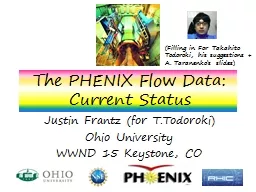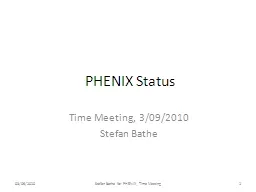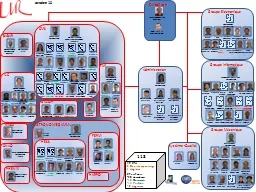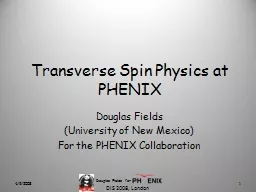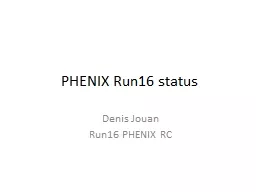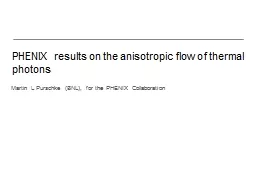PPT-The PHENIX Flow Data:
Author : lindy-dunigan | Published Date : 2017-05-12
Current Status Justin Frantz for TTodoroki Ohio University WWND 15 Keystone CO 1 Filling in For Takahito Todoroki his suggestions A Taranenkos slides PHENIX
Presentation Embed Code
Download Presentation
Download Presentation The PPT/PDF document "The PHENIX Flow Data:" is the property of its rightful owner. Permission is granted to download and print the materials on this website for personal, non-commercial use only, and to display it on your personal computer provided you do not modify the materials and that you retain all copyright notices contained in the materials. By downloading content from our website, you accept the terms of this agreement.
The PHENIX Flow Data:: Transcript
Download Rules Of Document
"The PHENIX Flow Data:"The content belongs to its owner. You may download and print it for personal use, without modification, and keep all copyright notices. By downloading, you agree to these terms.
Related Documents

